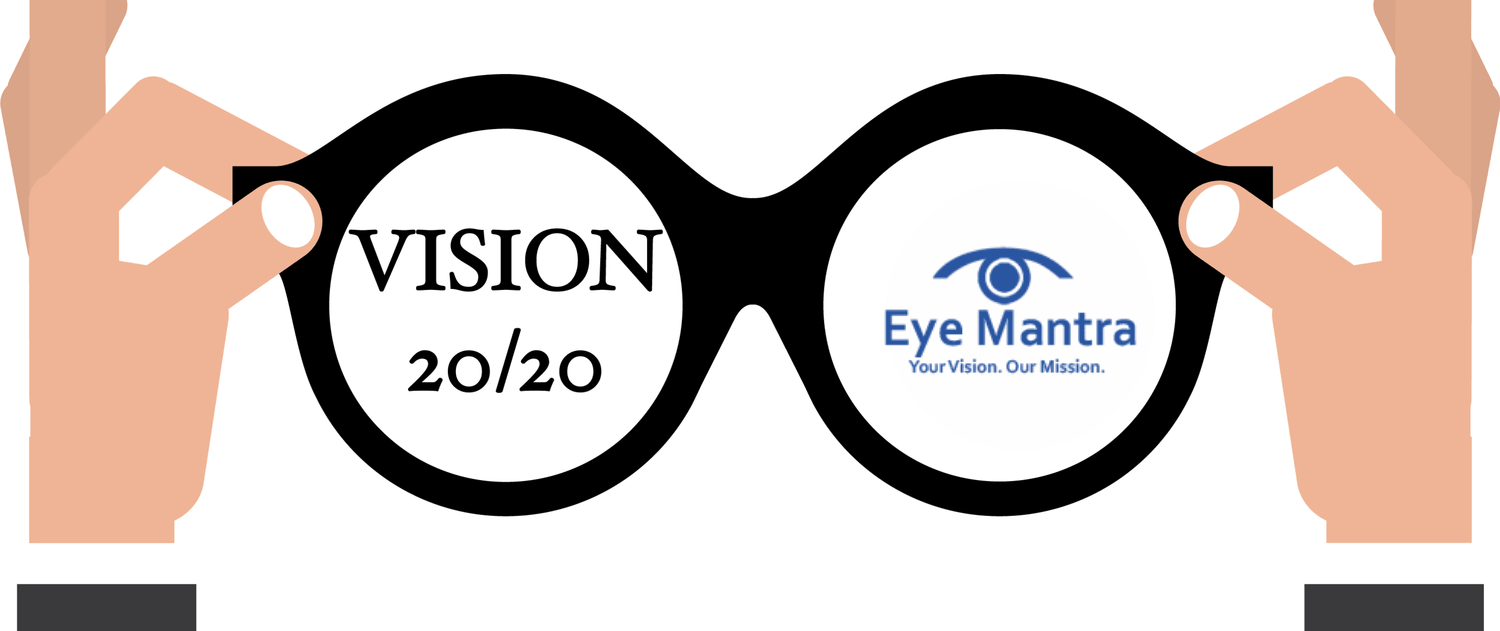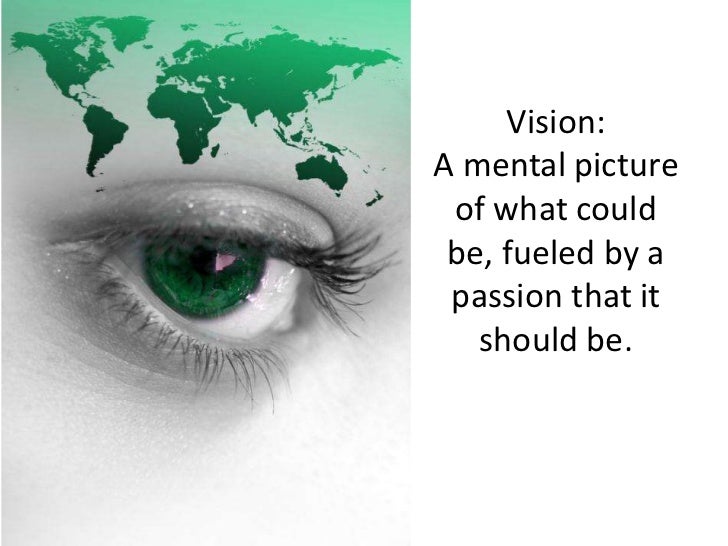
Loss of peripheral (side) vision: The inability to see anything to either side, above, or below eye level.Loss of central vision: There is a blind spot in the center of one's vision.


The most common types of low vision include: For example, one in six adults over age 45 has low vision one in four adults over age 75 has low vision. Because of age-related disorders like macular degeneration and glaucoma, low vision is more common in adults over age 45 and even more common in adults over age 75. Who is most at risk of having low vision?Īnyone can be affected by low vision because it results from a variety of conditions and injuries. For example, having 20/70 vision means that you must be at 20 feet to see what a person with normal vision can see at 70 feet. The ratio measurement of vision describes visual acuity, or the sharpness of vision, at 20 feet from an object. "Legally blind": the person has visual acuity no better than 20/200 with conventional correction and/or a restricted field of vision less than 20 degrees wide."Partially sighted": the person has visual acuity between 20/70 and 20/200 with conventional prescription lenses.The American Optometric Association defines low vision as two categories: Low vision includes different degrees of sight loss, from blind spots, poor night vision and problems with glare to an almost complete loss of sight. This type of vision loss does not include complete blindness, because there is still some sight and it can sometimes be improved with the use of visual aids. Low vision is the loss of sight that is not correctible with prescription eyeglasses, contact lenses or surgery.


 0 kommentar(er)
0 kommentar(er)
